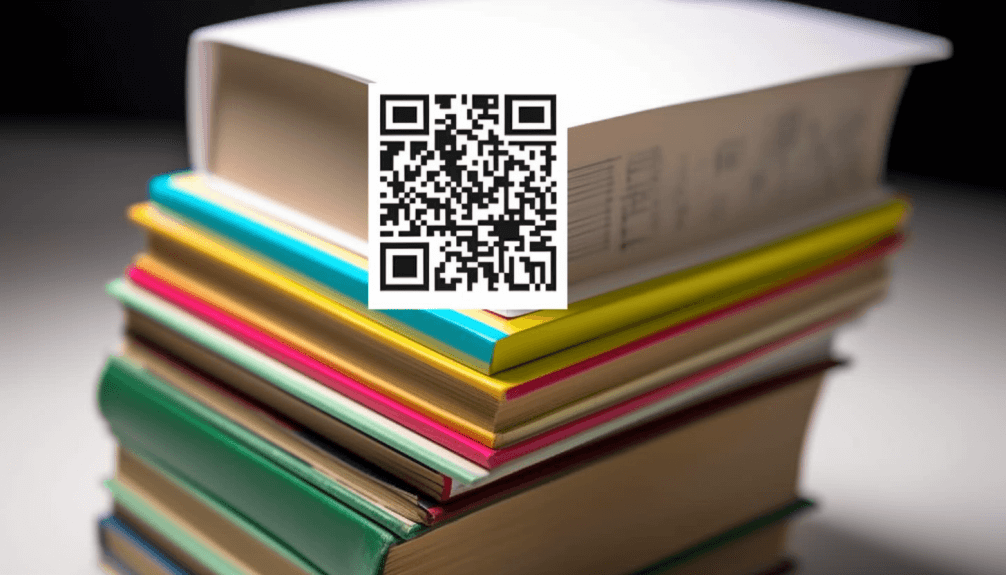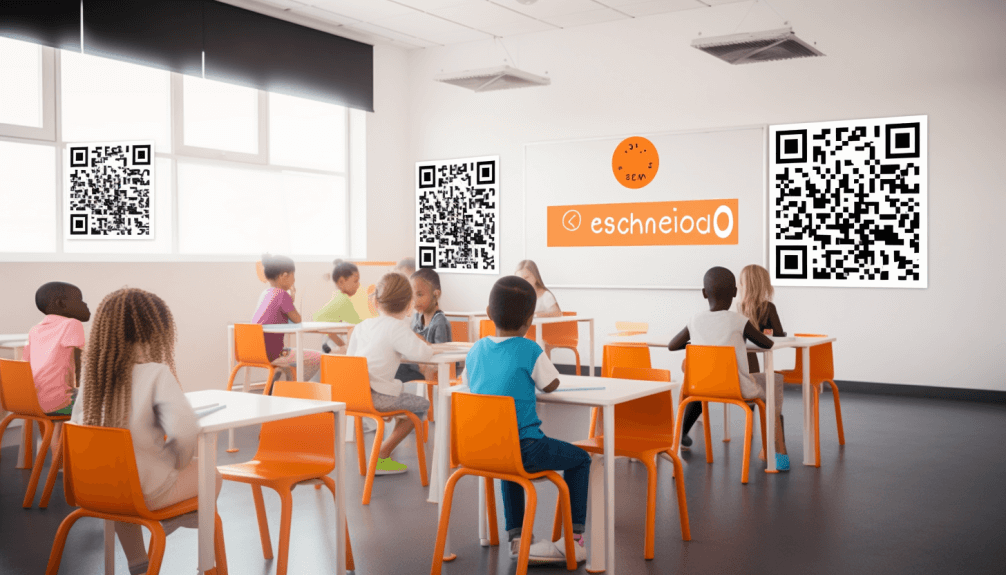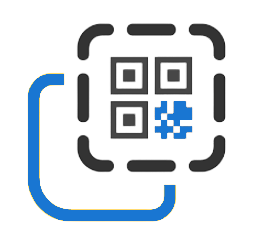Revolutionary technology: how Google Forms QR codes are transforming learning
In today's digital age, the integration of technology in education is a key factor for the implementation of effective and productive educational processes. Google Forms QR codes offer innovative solutions that transform traditional teaching methods. Google Forms helps teachers create surveys and quizzes with different types of questions, making learning interactive and engaging. Teachers can quickly understand how students are doing and tailor their lessons accordingly. Plus, with dynamic codes, QR forms are accessible to everyone, making the learning process smooth and efficient.
Whether you're just starting with Google Forms and QR codes or if you've been using them for a while, a wealth of valuable insights awaits you on maximizing these tools. We highly recommend discovering the numerous possibilities the QR code generator for Google Forms offers.
1. Data tracking
 Integrating QR codes into educational programs improves accessibility to materials and ease of use. Teachers can generate a QR code for Google Forms, allowing students to instantly scan the codes and submit assignments. This method significantly saves time and facilitates the transition to a paperless form of education in accordance with modern educational standards.
Integrating QR codes into educational programs improves accessibility to materials and ease of use. Teachers can generate a QR code for Google Forms, allowing students to instantly scan the codes and submit assignments. This method significantly saves time and facilitates the transition to a paperless form of education in accordance with modern educational standards.
Google Forms streamlines classroom data collection, enabling efficient student work, parent communication, and task reminder organization. Also, digital data management makes it easier to track students’ progress and allows adjustments to teaching methods. If you choose to convert Google Forms to QR code, the code will redirect students to the specific form, thereby ensuring a seamless communication process.
2. Interactive content delivery
Educators create QR codes with Google Forms containing structured lessons and multimedia-rich content. Interactive elements like videos, images, and links enhance learning. QR codes directly link to these forms, simplifying content access via scans.
With QR codes integrated into interactive content, students engage deeply with educational materials. A simple scan opens a world of learning, allowing students to access video files, quizzes, and supplementary materials directly from their devices. This interactive approach fosters independent learning and constant growth.
3. Grading, feedback, and self-assessment
 Google Forms provides a feedback option, adding a personal touch to digital assessments. QR codes on graded assignments link to feedback Forms, promoting self-reflection. Customizable rubric templates empower fair evaluations. Self-evaluation forms, accessible via QR codes, foster student’s independence and responsibility.
Google Forms provides a feedback option, adding a personal touch to digital assessments. QR codes on graded assignments link to feedback Forms, promoting self-reflection. Customizable rubric templates empower fair evaluations. Self-evaluation forms, accessible via QR codes, foster student’s independence and responsibility.
The QR code for Google Forms revolutionizes the feedback loop in education. Teachers can attach them to graded assignments, instantly giving students personalized feedback. This immediate access not only aids in understanding mistakes but also encourages students to reflect on their performance, fostering a growth mindset and self-improvement.
4. Efficient communication
Teachers streamline communication with reusable Forms for inquiries, permission slips, or meeting schedules. Google Forms QR codes help simplify communication channels. They lead parents directly to Forms, ensuring timely information delivery.
When parents scan codes on newsletters, they directly access forms for permissions or inquiries. This eliminates the hassle of searching for links, enhancing parental involvement and streamlining teacher administrative tasks, creating an efficient and responsive school-parent communication system.
5. Interactive learning
 Interactive learning through QR codes offers endless possibilities for engaging students in diverse educational activities. For instance, in history classes, teachers can create QR codes linking to virtual museum tours, allowing students to explore ancient artifacts and historical sites right from their desks.
Interactive learning through QR codes offers endless possibilities for engaging students in diverse educational activities. For instance, in history classes, teachers can create QR codes linking to virtual museum tours, allowing students to explore ancient artifacts and historical sites right from their desks.
In science lessons, QR codes can lead students to interactive activities, enabling them to conduct virtual experiments and visualize complex concepts like the human body or chemical reactions. Language teachers can transform a URL to QR code and utilize codes to provide instant access to language learning apps, interactive quizzes, and audiovisual resources, enhancing students' language skills through immersive experiences.
6. Organized timetables
A QR code Google Form can simplify schedule creation. Teachers design schedules and sign-up sheets digitally. QR codes grant instant schedule access, promoting efficiency and tech-savvy learning.
Adding a link to QR code and incorporating it into digital schedules enhances accessibility. Students and parents can scan QR codes to view schedules or sign-up sheets instantly. This streamlined process reduces administrative burdens on teachers and ensures everyone stays informed, promoting a well-organized and efficient learning environment.
7. Professional development enhancement
 Google Forms and QR codes transform professional development. Educators can share insights through forms by first creating Google Forms through a browser or the Google Docs application. Real-time comments on shared spreadsheets enrich collaborative learning, offering diverse teaching techniques.
Google Forms and QR codes transform professional development. Educators can share insights through forms by first creating Google Forms through a browser or the Google Docs application. Real-time comments on shared spreadsheets enrich collaborative learning, offering diverse teaching techniques.
Google Form QR codes in training materials provide instant access to shared forms. Teachers can easily scan these codes to access resources, facilitating more effective collaborative learning. This creates an online collaborative space where educators explore different teaching methods and strategies, fostering their continuous growth and improvement.
In the rapidly evolving landscape of education, the QR generator for Google Forms has emerged as a transformative tool, reshaping how teachers interact with students and parents. From simplifying data tracking to fostering interactive learning adventures, these technologies offer a seamless blend of efficiency and engagement.
Incorporating QR Google Forms into various aspects of education not only enhances accessibility but also encourages a paperless and tech-savvy environment. Furthermore, the integration of Google Form QR codes in professional development signifies a shift towards collaborative learning and continuous improvement among educators.
